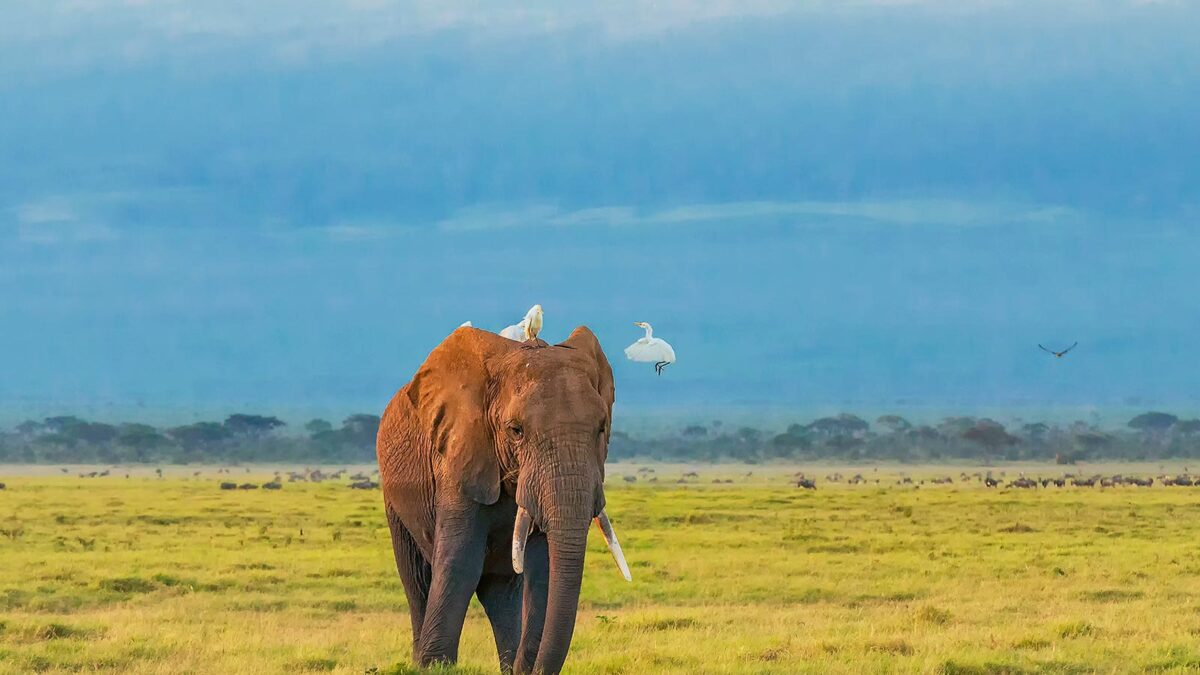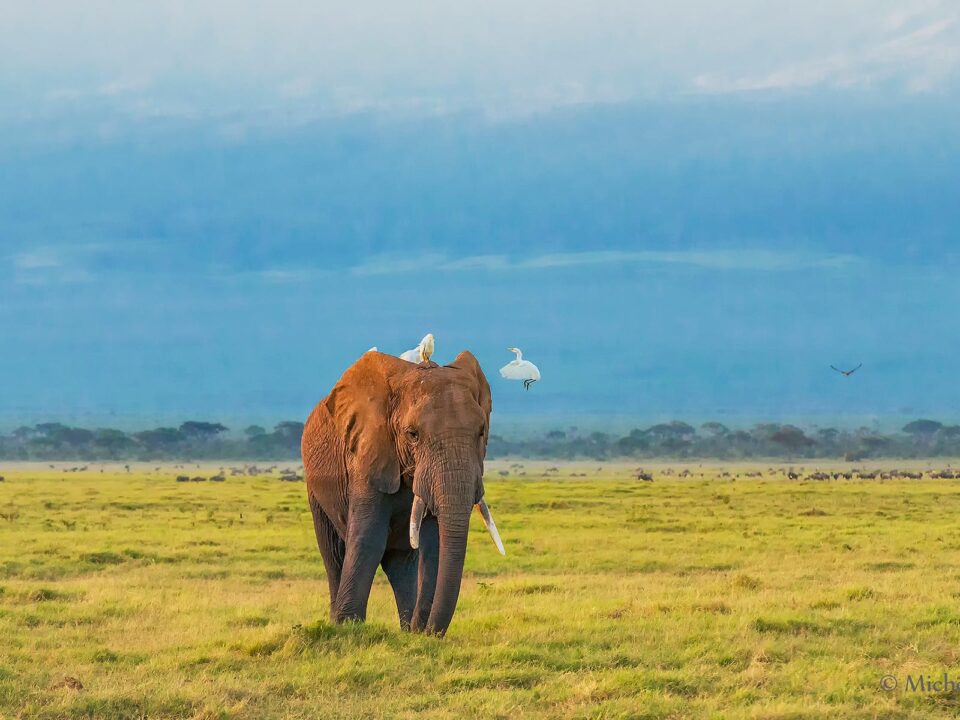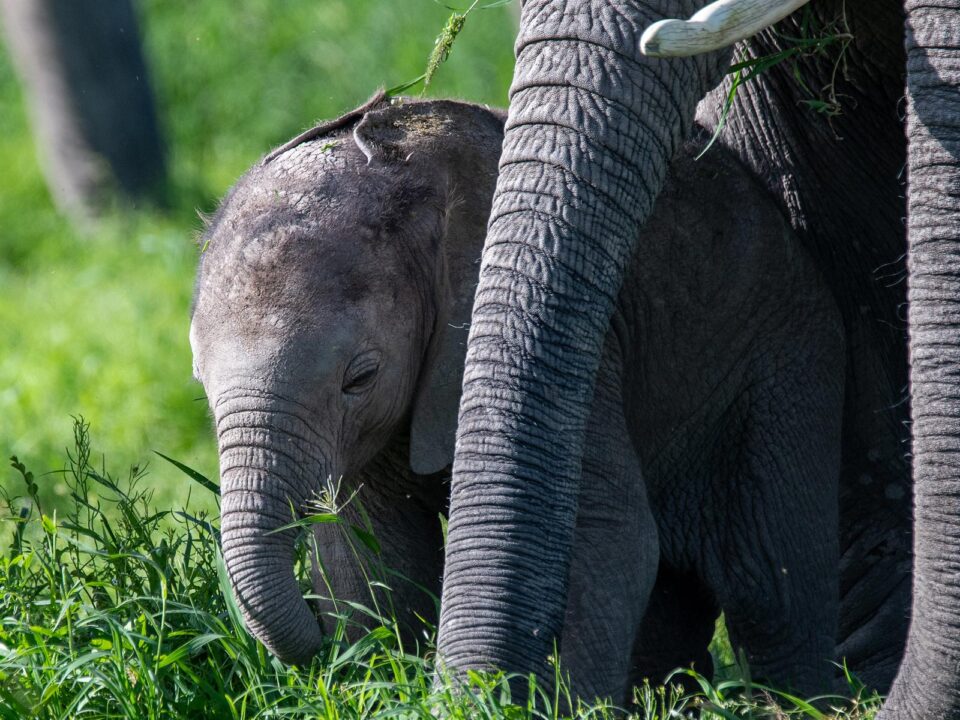Best Time to visit Amboseli National Park

Best time to Visit Africa
January 12, 2024
Best time to Climb Kilimanjaro
January 12, 2024Best Time to visit Amboseli National Park – Planning Your Wildlife Adventure
Determining the best time to visit Amboseli National Park involves careful consideration of weather patterns, wildlife behavior, and overall safari experience. The dry season, spanning from June to October, emerges as the prime window for an unforgettable wildlife expedition. During this period, rainfall is minimal, and the wildlife congregates around the park’s swamps, nourished by the permanent underground water from Kilimanjaro. Renowned as the peak season and considering Amboseli’s popularity, early accommodation bookings are advisable to secure your spot.
It’s important to note that the dry season’s popularity means increased safari vehicle presence around the swamps and park trails. If you seek a more serene safari encounter, the months of January to February, following the short rains of November, provide a quieter ambiance.
For an exclusive and secluded experience, consider staying in one of Amboseli’s conservancies. Selenkay Camp, for instance, welcomes a maximum of 18 guests at a time, ensuring a gloriously secluded stay. April and May, marked by long rains and torrential downpours leading to washed-out roads, are best avoided to ensure a smoother and more enjoyable safari experience.
Exploring Amboseli National Park: Safari Highlights
Amboseli National Park offers a range of activities and unique opportunities for an immersive safari experience. Opting for a conservancy stay not only supports local Masai Mara communities directly but also opens avenues for intimate walking safaris and night-time game drives, experiences not permitted within the park. The compact size of the National Park translates to short travel times, making it family-friendly with ample wildlife entertainment.
Nestled in the rain shadow of Kilimanjaro, Amboseli National Park experiences minimal rainfall. Its vast, flat lakebed, often dubbed a dust bowl, is a reflection of its dryness, deriving its name from the Masai word for ‘salty dust.’ Visitors should be prepared to embrace a bit of dust during their explorations.
Cautionary Measures in Amboseli National Park: What to Avoid
While Amboseli is easily accessible by road, with a four-hour drive covering 240 kilometers from Nairobi on well-maintained tarmac roads, opting for a light aircraft flight is not a necessity. Flying is discouraged to reduce environmental impact, and it’s a perspective emphasized by Trek Africa Expeditions.
Although there’s no legal restriction against self-driving in Amboseli National Park, it’s recommended to engage in guided safaris with expert rangers. Traveling with a knowledgeable ranger enhances the experience, providing insights into wildlife tracking, park ecosystems, and habitats. The expertise of a ranger enriches the safari, ensuring a deeper understanding of Amboseli’s natural wonders.
While Amboseli National Park stands as a conservation success story, it’s essential to acknowledge the challenges faced, including managing tourist influxes, conservation strategies, and addressing local Masai populations’ concerns. The path to conservation success has not been without hurdles, shedding light on the complexities involved in preserving this natural treasure.




